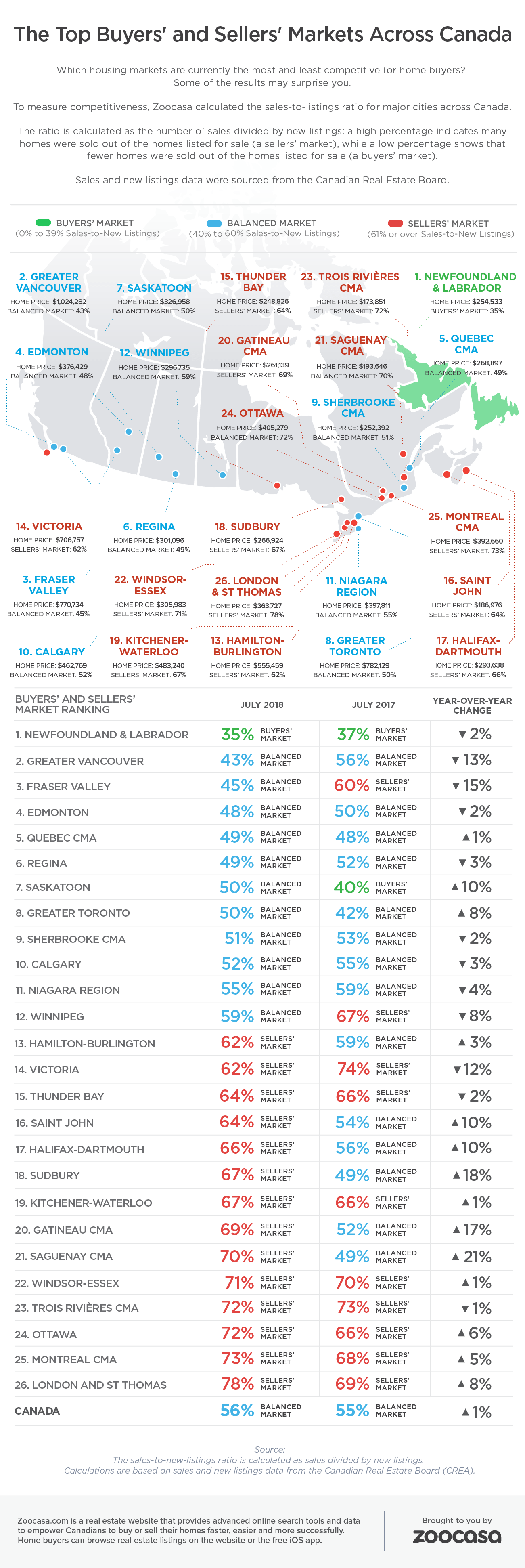Marquise takes a convenient west-side location
Kathleen Freimond
The Vancouver Sun
Project: Marquise
Project address: 495 West King Edward Avenue
Project city: Vancouver
Developer: Blairmore Development Group
Architect: GBL Architects Inc.
Interior designer: Portico Design Group Ltd.
Project size: 58 units (seven townhomes, 51 condos)
Bedrooms: one, two and three bedrooms
Unit size: 620 to 1,360 square feet
Price: one-bedroom from $795,900; two-bedroom from $1,289,900; three-bedroom townhomes from $1,949,900. Penthouses on request
Sales centre: 4033 Cambie Street
Sales centre hours: Noon to 5 p.m., Sat — Thurs
Phone: 604-359-4689
Website: marquiseliving.com
Blairmore, the developer of a new low-rise on West King Edward Avenue on Vancouver’s west side, likens the location to a jewel and continues that theme by naming the project for a classic diamond cut: Marquise.
“We see it as the jewel of Cambie corridor,” says David Zigelman, Key Marketing’s director, marketing operations.
“The location is almost an equal distance between Oakridge Mall and Vancouver City Hall. It’s steps from King Edward SkyTrain station [on the Canada Line], a few minutes walk to Cambie Village and Queen Elizabeth Park and a 10-minute walk to Hillcrest Community Centre.”
The natural topography of the area, rising and then plateauing toward the 52-hectare Queen Elizabeth Park, results in the single-family homes in the area being slightly lower than the six-storey Marquise, allowing for unobstructed views, Zigelman says.
Construction of the 58-unit development — coincidentally, the same number of facets on a marquise-cut diamond, points out Zigelman — is expected to start later this year.
Marquise comprises a condo building with a four-storey podium and two additional floors that accommodate the sub-penthouse and penthouse levels, plus seven townhomes along the laneway on the north side of the property.
Designed by GBL Architects, Marquise will be a contemporary architectural style with concrete construction, while the exterior of the two penthouse floors will be differentiated with copper-coloured metal panels. The townhomes will also be concrete construction, and all have rooftop decks.
“The penthouse and sub-penthouse levels are really the crown of the project,” Zigelman says. “These suites all have beautiful patios or balconies directly off the living room. The penthouses, in addition to a balcony, also have rooftop decks,” he adds.
With views of Queen Elizabeth Park or the Vancouver skyline, the one-, two- and three-bedroom homes have large windows and sliding glass doors to let in plenty of natural light, while individually controlled air conditioning and heating will keep residents comfortable through the changing seasons.
Homebuyers have the choice of two colour palettes for the interiors.
“Both colour palettes consist largely of warm tones which allows the space to feel open and bright,” interior designer Jamie Judd of Portico Design Group says.
‘Clarity’, seen in the show suite at 4033 Cambie Street, features light oak engineered hardwood floors while the ‘Colour’ option has darker floors and cabinetry.
Judd says the design concept for Marquise was to create a sophisticated and elegant look to appeal to a range of homebuyers.
“The minimal use of hardware, smooth finishes and creative millwork contributes to the contemporary design,” she says.
The flat-profile baseboards and door trim and flat-panel doors in the bedrooms, bathrooms and closets, support the modern esthetic. Wide-plank engineered hardwood floors will run throughout the living areas, while neutral coloured wool-blend carpeting will be soft underfoot in the bedrooms.
In the kitchen, dual-tone cabinets – veneer-wood lowers and contrasting lacquered uppers – maximize storage. A mechanized opening system eases access to the upper cabinets while the touch-to-open Legrabox drawer system [requiring no hardware] enhances the kitchen’s clean look. Corner cabinets feature Magic Corners – a shelving unit that slides out – making it easy to access the contents.
The quartz countertop on the perimeter cabinets is also used as a slab backsplash and on the island with its waterfall edges.
“I chose the quartz [Milano by Lido] because I wanted something warm and light but that still had unique character. The tones in the veining/aggregate tie in well with the colour of the accent cabinetry to create a cohesive design,” Judd adds.
While the size of the kitchen island varies according to floor plan, the five-foot long example in the sales centre gives potential homebuyers a good idea of its functionality. It features a double undermount stainless steel sink with a stylish Kallista pull-down chrome faucet while the generous overhang provides the all-important knee space that’s necessary to accommodate a few pull-up counter stools. It’s also home to the dishwasher, concealed behind an integrated panel to match the cabinetry.
The high-end appliance package by Miele includes a gas cooktop, wall-mounted oven and refrigerator. The penthouses will also include an under-counter wine fridge.
In the ensuite bathroom shown at the sales centre, the marble-inspired 24- by 24-inch porcelain wall tiles, double sinks with wall-mounted Kallista faucets and the six- by 24-inch floor tiles laid in a herringbone pattern give the space a spa-like ambience.
In the main bathrooms, large-format tiles are specified for the floor and walls. Judd says the tiles on the walls are polished to reflect light, while those on the floor are a slip-resistant matte finish. “By using both polished and matte there is a juxtaposition of texture which highlights the unique characteristics of both tiles,” Judd says.
The development will also include a variety of amenities such as a fifth-floor party room with indoor kitchen and dining room. This entertainment area will open on to the roof deck, which comprises an outdoor kitchen and barbecue and garden plots.
On the ground floor there is a business centre.
“If you’re looking for a quiet area to get some work done this is a great space. There’s a boardroom table, work stations and an Internet connection,” Zigelman says.
All homes include parking in the underground parkade where several parking stalls feature electric vehicle charging stations. There is also secure bike storage.
© 2018 Postmedia Network Inc.


